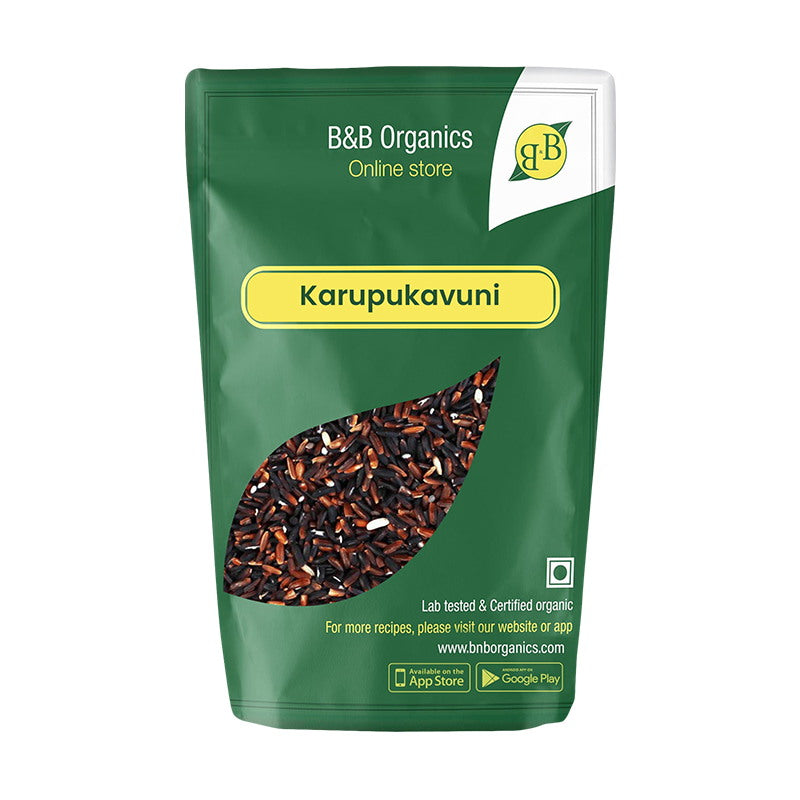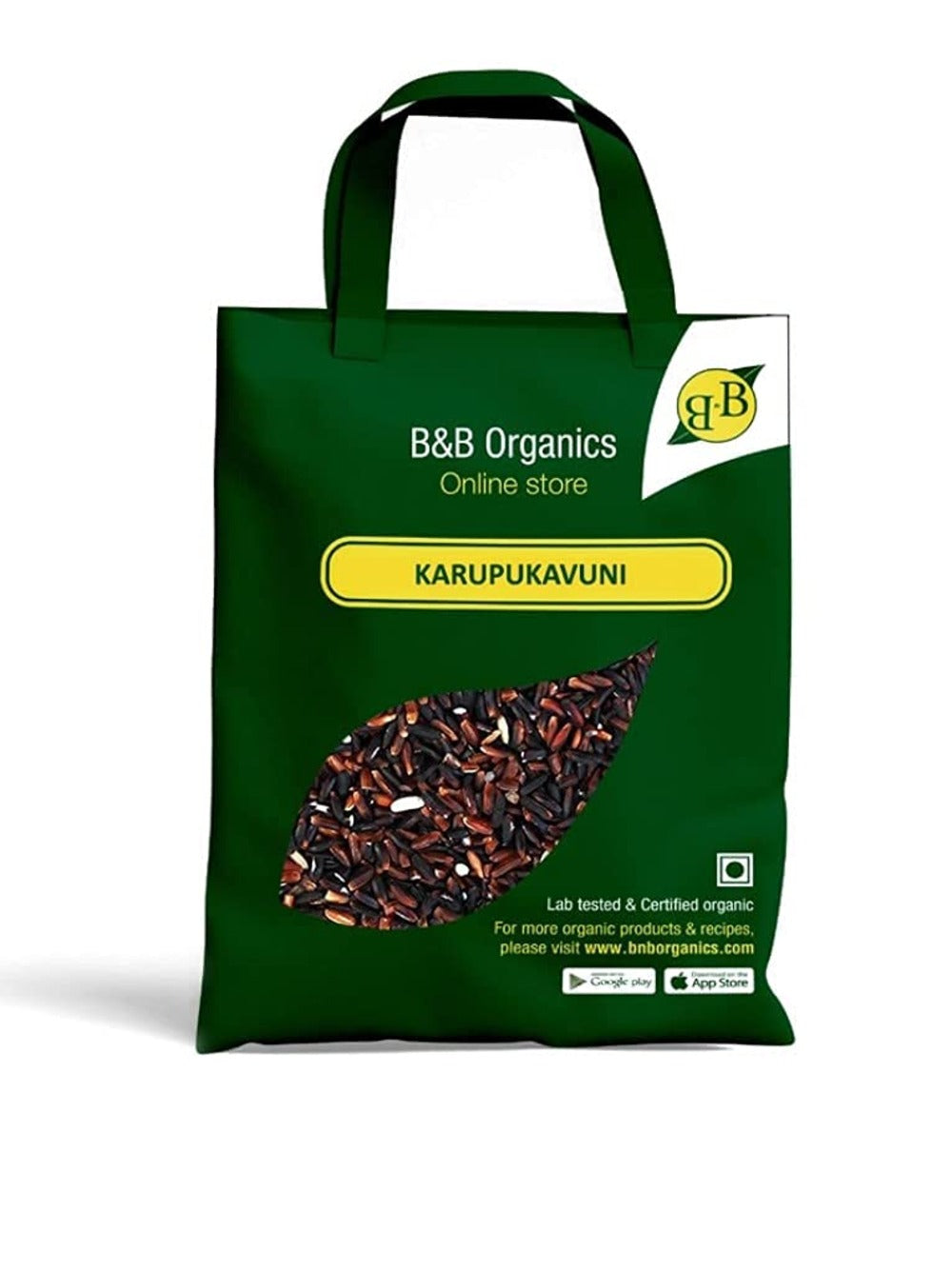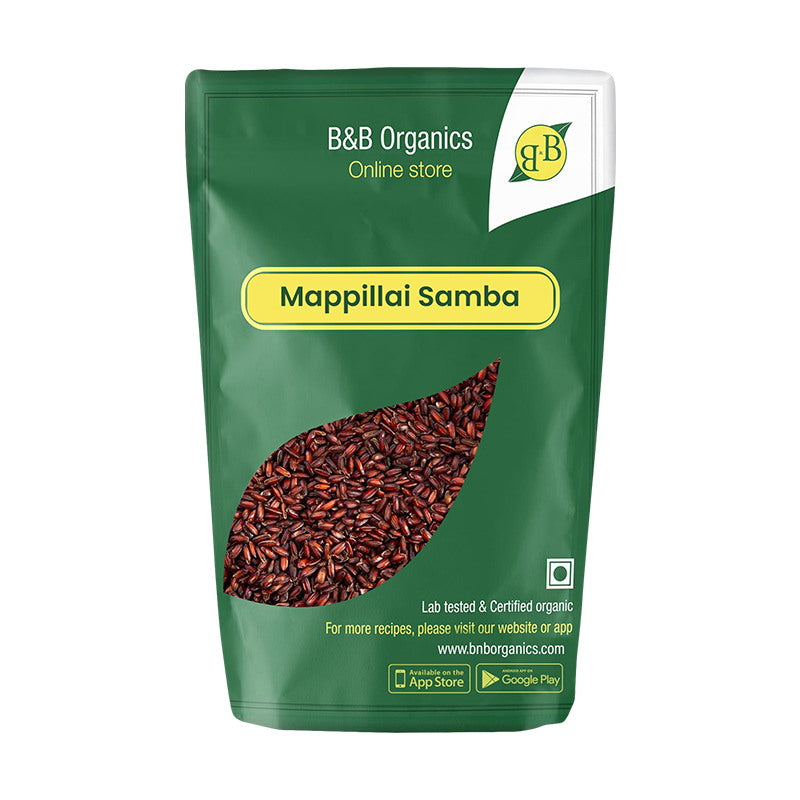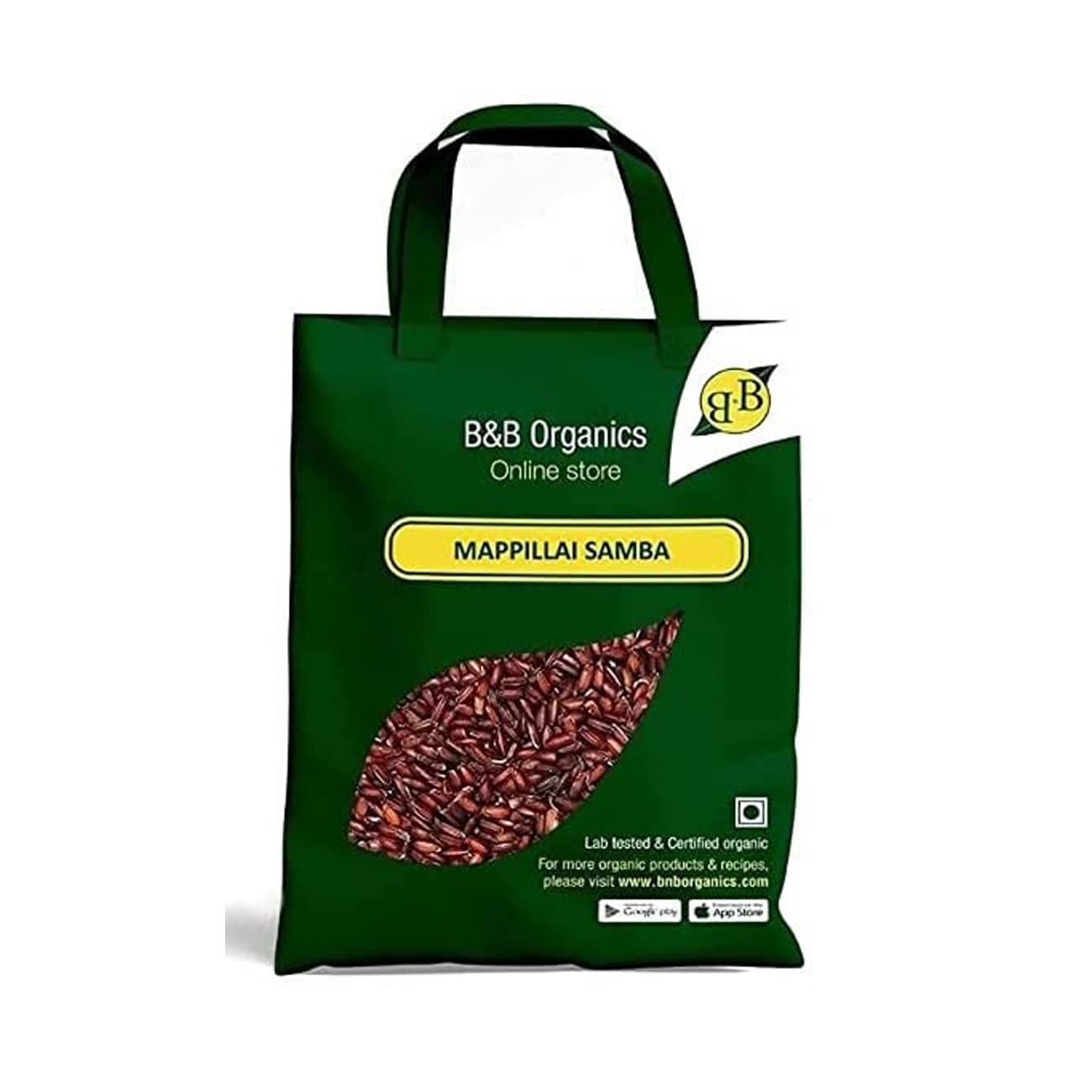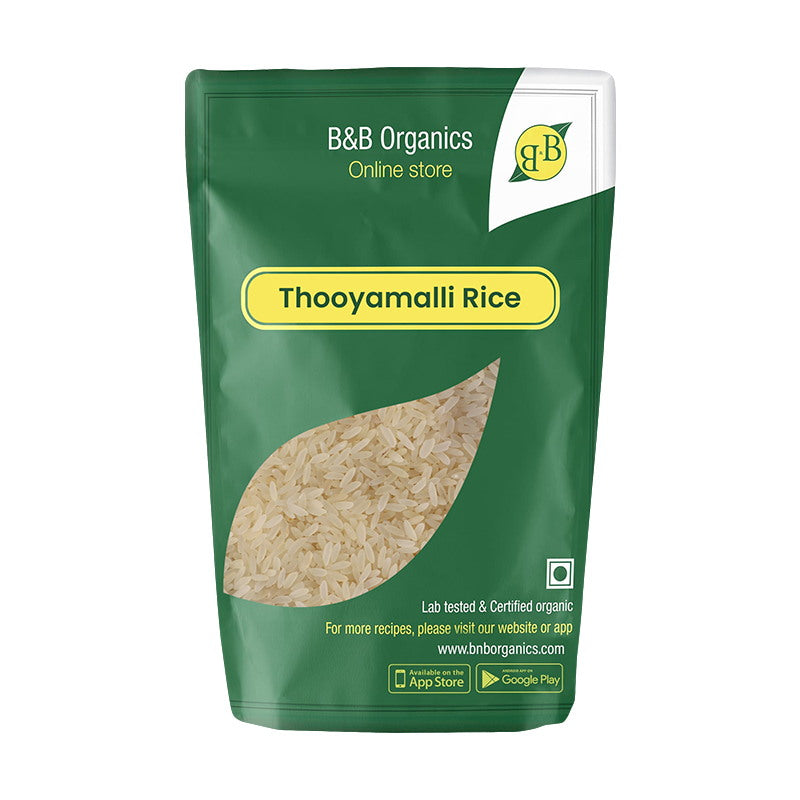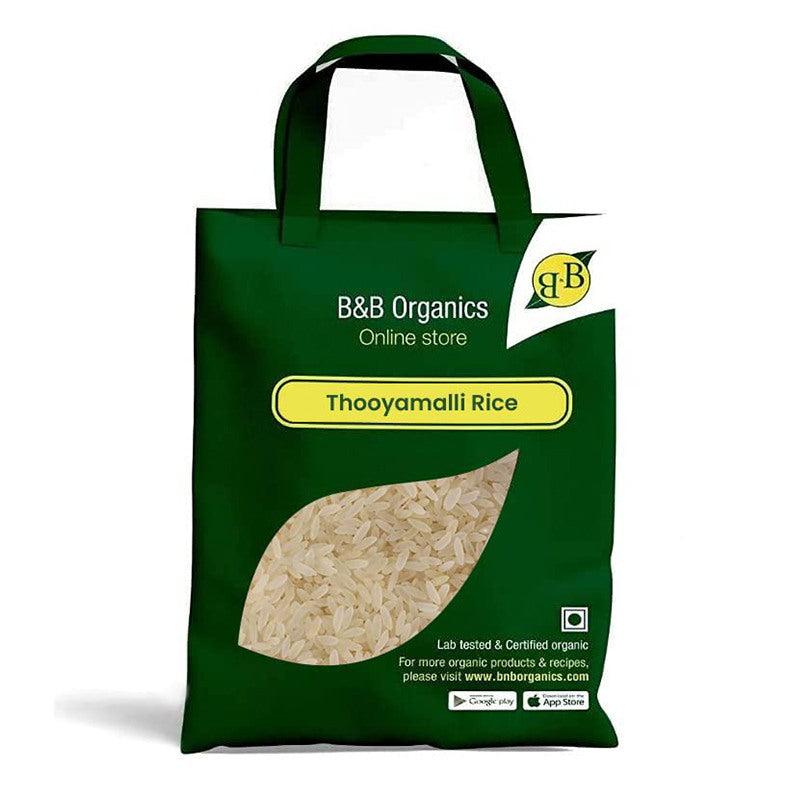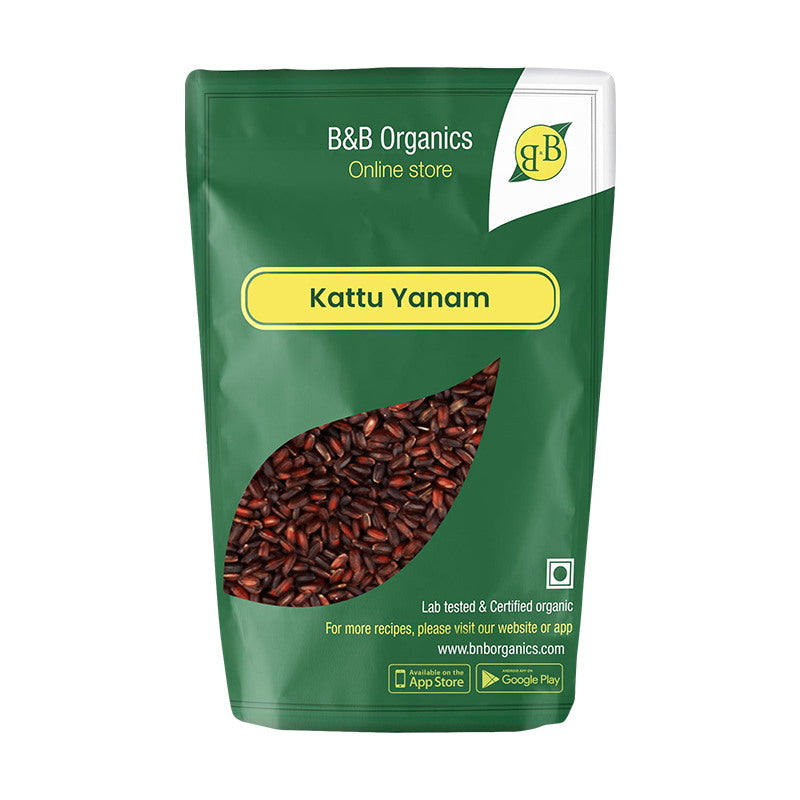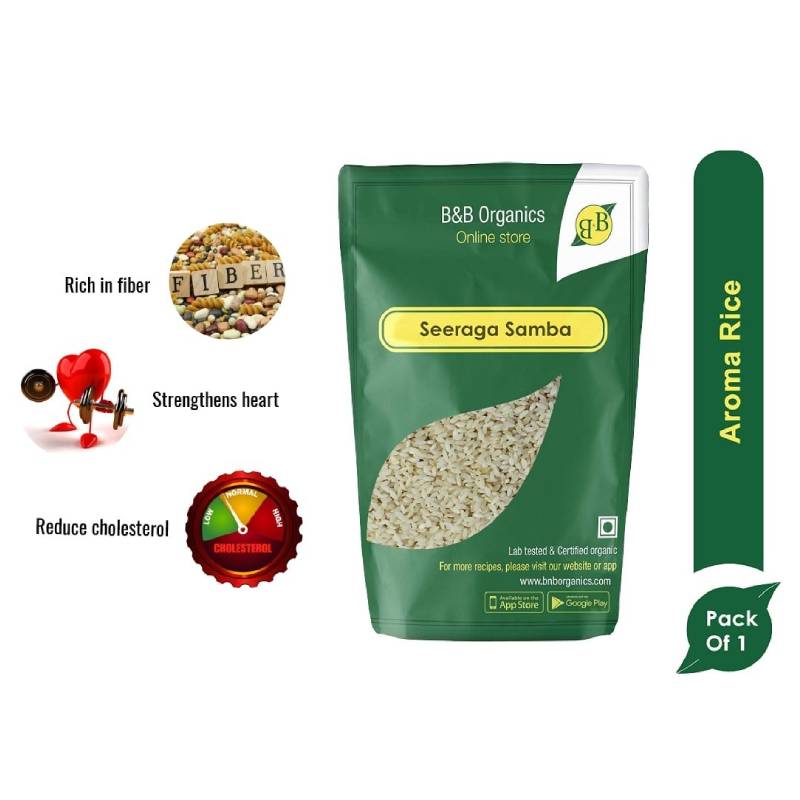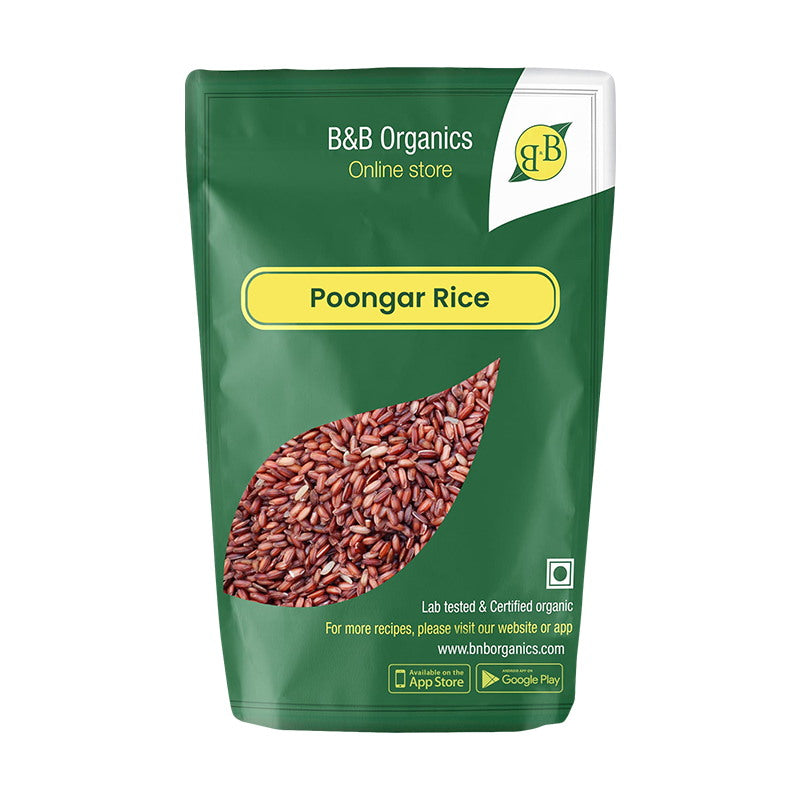Foxtail millet, known for its nutritional benefits and versatility, has gained popularity as a staple food in many regions. However, like any other grain, foxtail millet also comes with its set of disadvantages. In this article, we'll delve into the potential drawbacks of consuming foxtail millet, shedding light on its limitations.
Anti-Nutritional Factors:
One of the primary disadvantages of foxtail millet is its anti-nutritional factors. These compounds, such as phytates and tannins, can interfere with the absorption of essential nutrients like iron, calcium, and zinc. Although these compounds are present in relatively low concentrations, their cumulative effect may impact nutrient absorption over time, especially in diets heavily reliant on

foxtail millet.
Allergenic Potential:
Foxtail millet contains proteins that can trigger allergic reactions in susceptible individuals. While true millet allergies are rare, some people may experience symptoms like itching, swelling, or gastrointestinal discomfort upon consumption. Individuals with known grain allergies or sensitivities should exercise caution when incorporating foxtail millet into their diet.
Digestive Issues:
For some individuals, consuming foxtail millet may lead to digestive discomfort or gastrointestinal issues. This could be due to factors such as its high fiber content or certain indigestible compounds present in the grain. Symptoms may include bloating, gas, or diarrhea, particularly in those with sensitive digestive systems.
Oxalate Content:
Foxtail millet contains oxalates, naturally occurring compounds found in many plant foods. While oxalates are generally considered harmless in moderate amounts, they can contribute to the formation of kidney stones in susceptible individuals. Those prone to kidney stone formation may need to limit their intake of foxtail millet to reduce their oxalate intake.
Potential Pesticide Residues:

As with other crops, foxtail millet cultivation may involve the use of pesticides and herbicides to control pests and weeds. Residues of these chemicals can remain on the grains, posing potential health risks if consumed in large quantities. Choosing organic or sustainably grown foxtail millet may help minimize exposure to pesticide residues.
Gluten Cross-Contamination:
While foxtail millet itself is naturally gluten-free, there is a risk of cross-contamination with gluten-containing grains during harvesting, processing, or packaging. Individuals with celiac disease or gluten sensitivity must ensure that the foxtail millet they consume is certified gluten-free to avoid adverse reactions.
Limited Culinary Applications:
Foxtail millet has a distinct taste and texture that may not appeal to everyone. Its slightly nutty flavor and chewy texture may be less palatable compared to other grains for some individuals. Additionally, foxtail millet's unique characteristics may limit its versatility in culinary applications, making it less suitable for certain recipes or cuisines.
Conclusion:
While foxtail millet offers numerous health benefits and nutritional advantages, it's essential to acknowledge its potential disadvantages. From anti-nutritional factors to allergenic potential and digestive issues, individuals should be mindful of these drawbacks when incorporating foxtail millet into their diet. By understanding the limitations of foxtail millet and making informed dietary choices, individuals can harness its benefits while mitigating potential risks.



